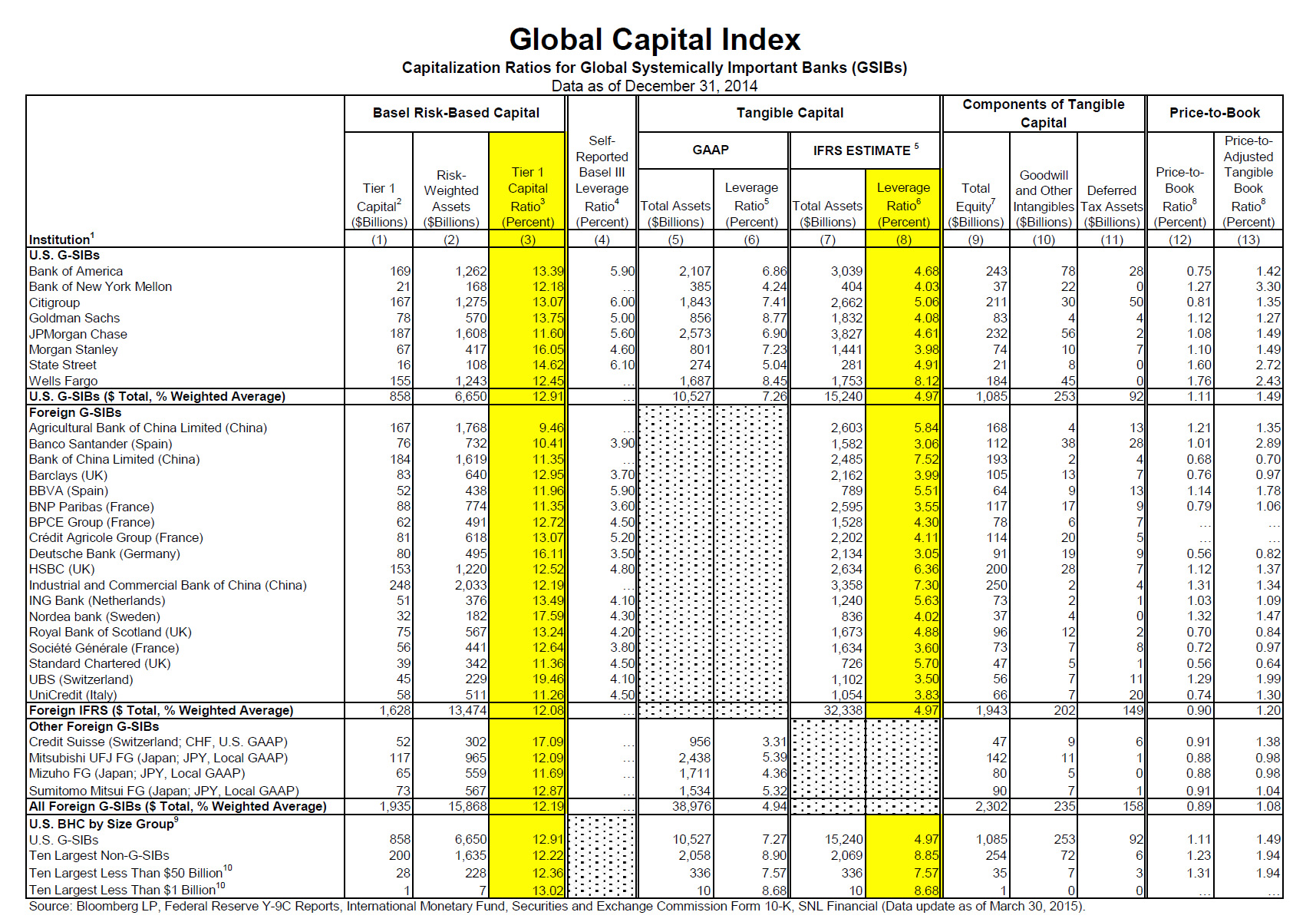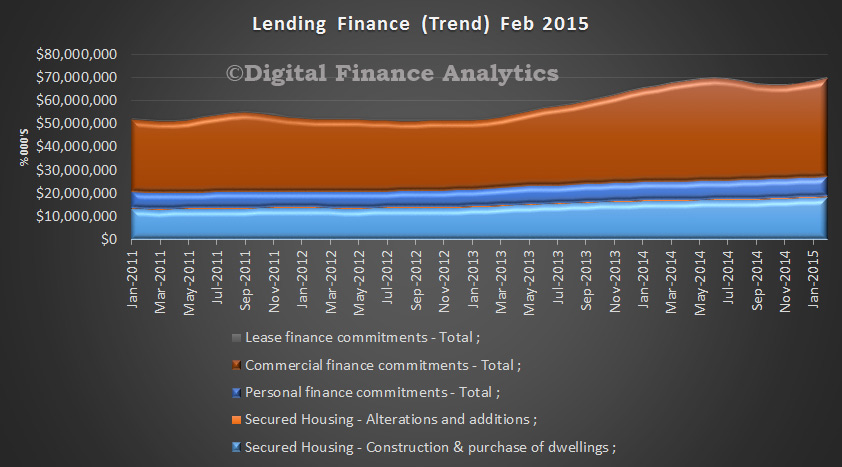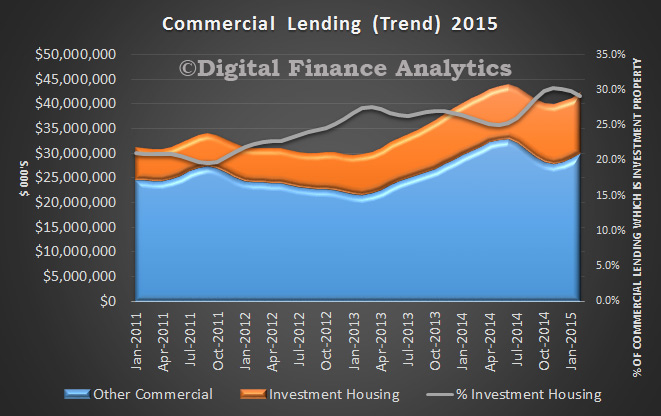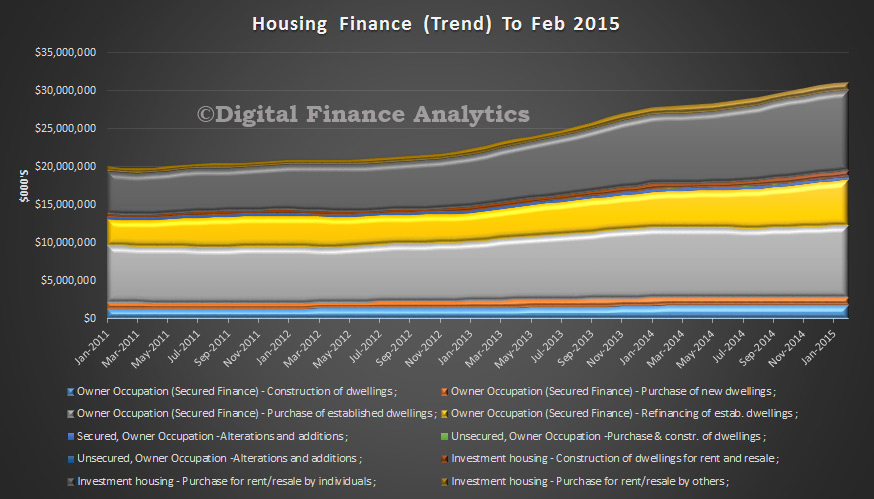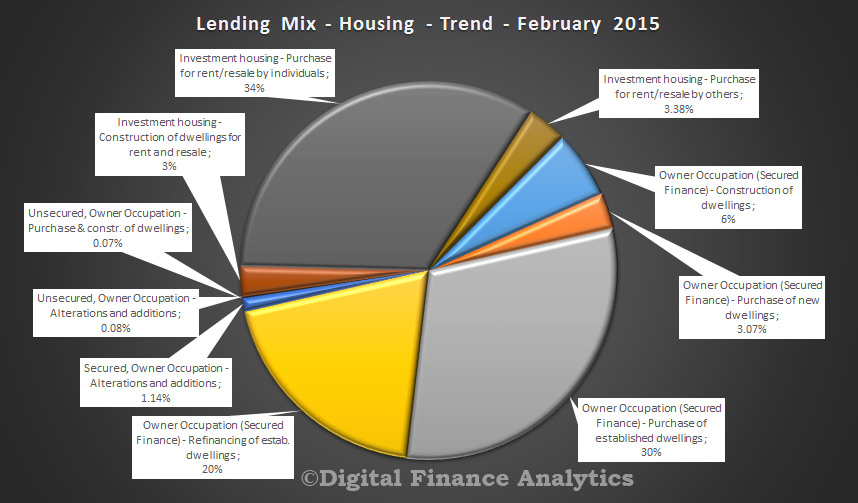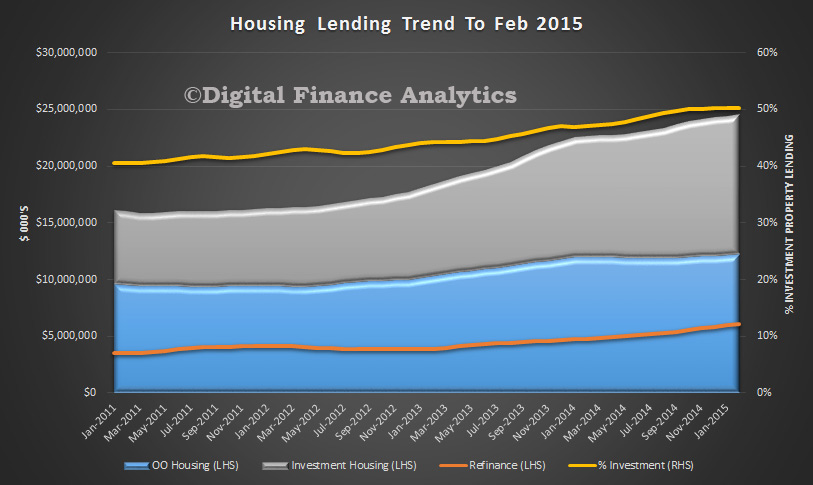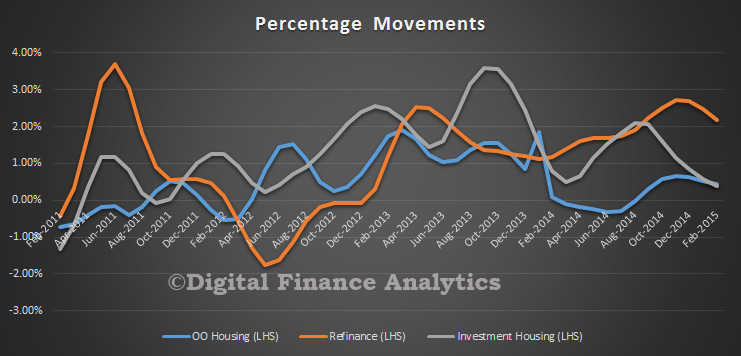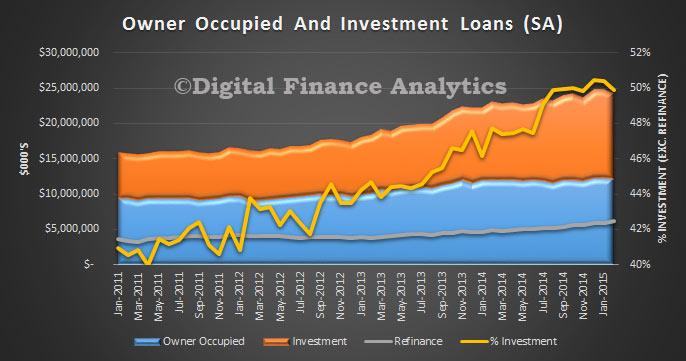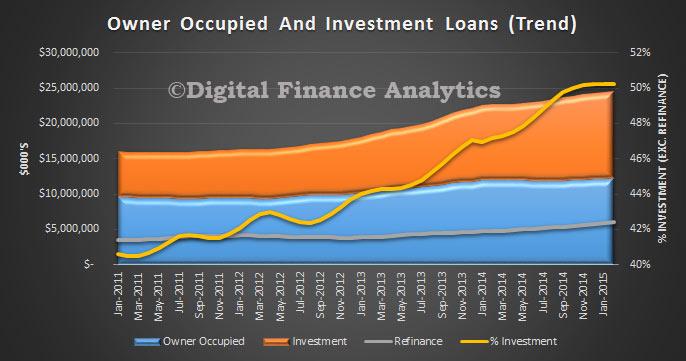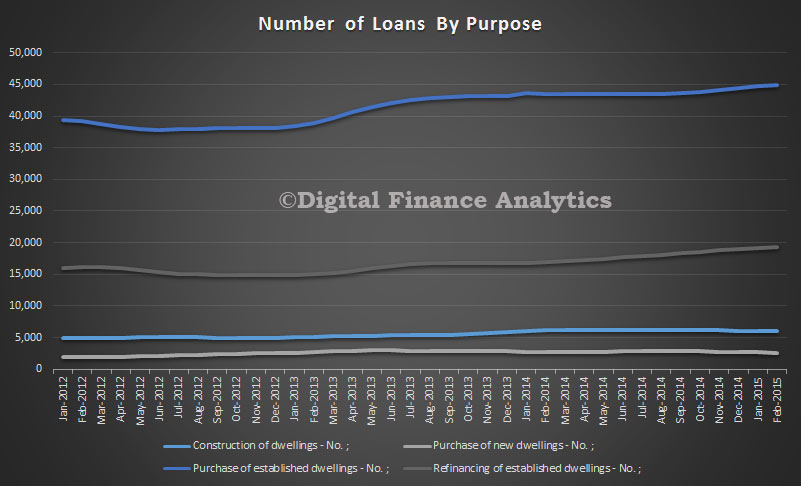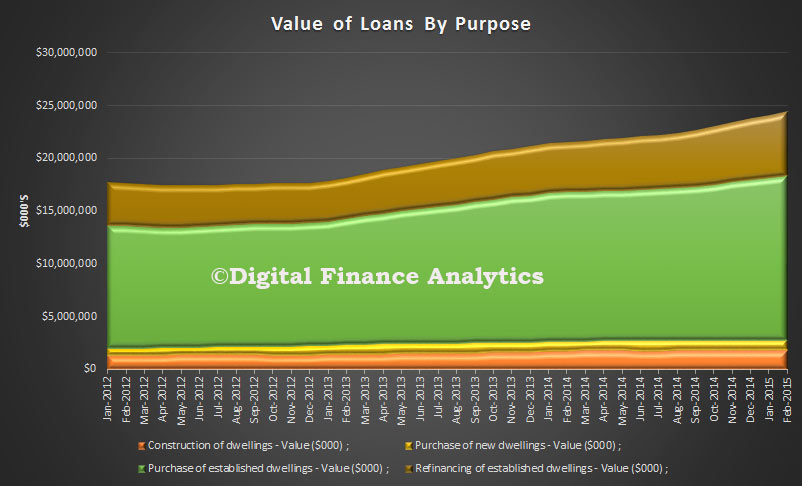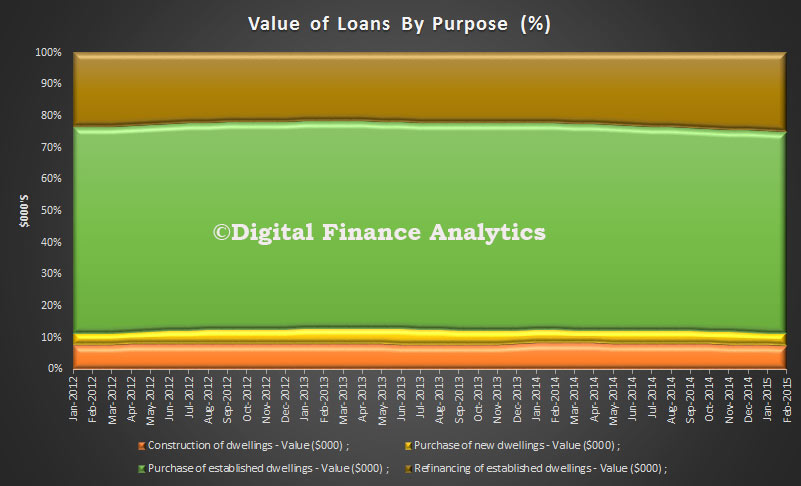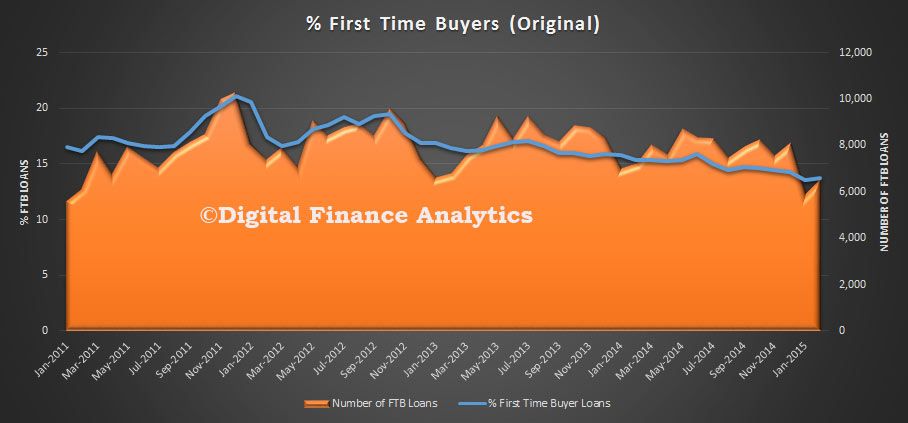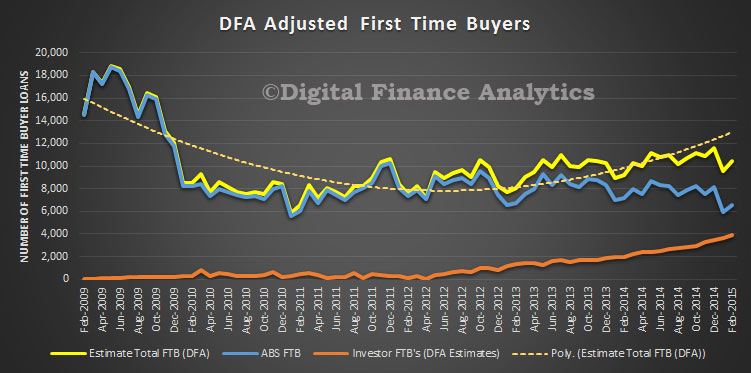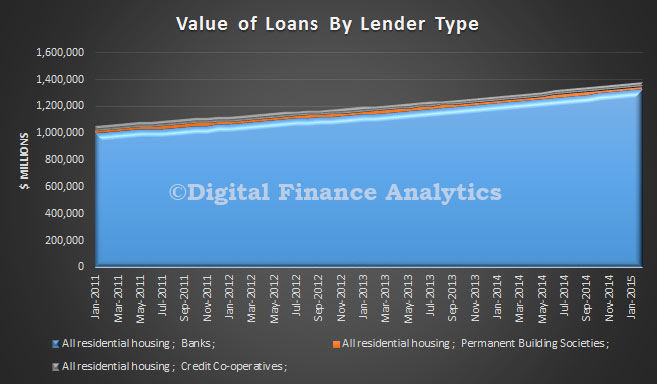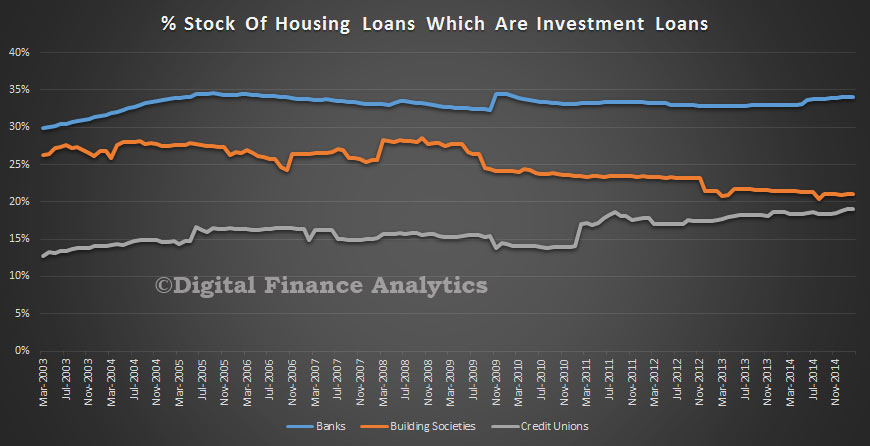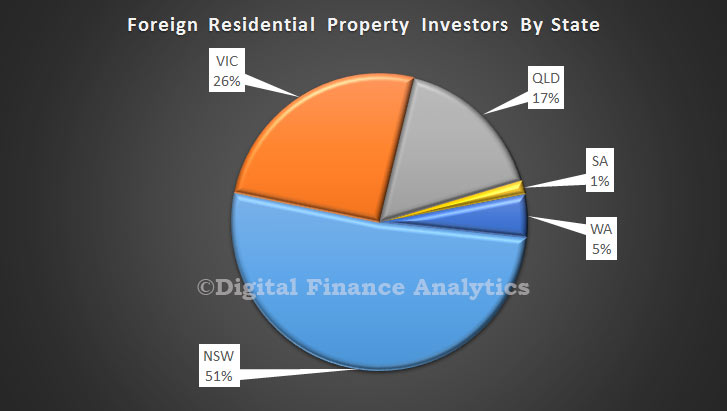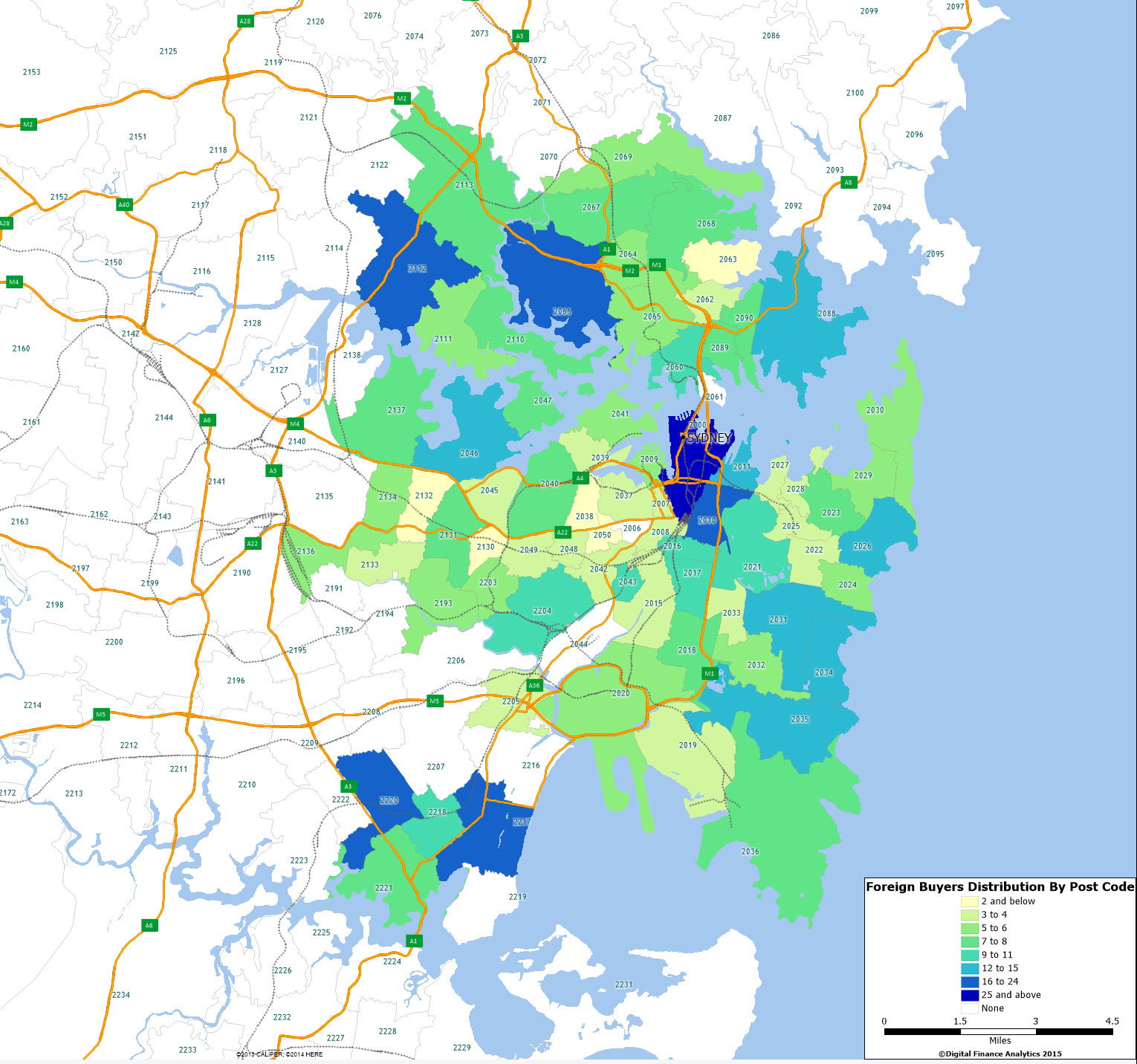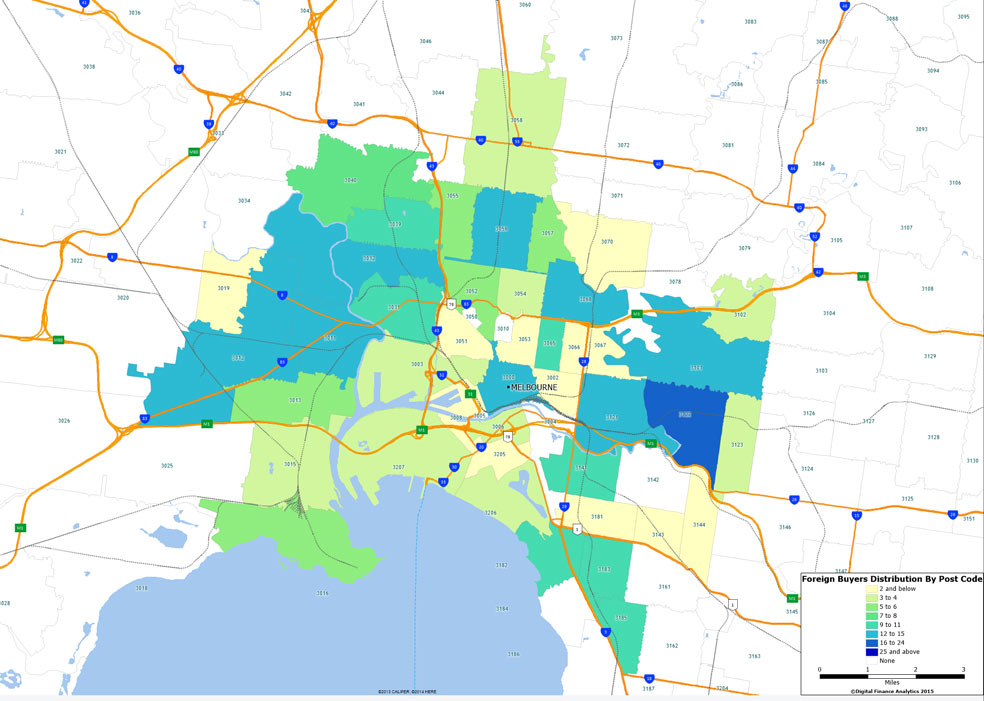From The Weekend Conversation:
“given we inherited a trajectory of debt and deficit heading to 122% of GDP, which was the Greek-like proportions the Prime Minister talked about. We have halved, just through our legislated measures, we have halved that trajectory. So now we are heading towards just above 50% of net debt to GDP. – Assistant Treasurer Josh Frydenberg, interview with Fran Kelly on RN Breakfast, March 26, 2015″.
Mr Frydenberg and other Abbott government ministers have, on several occasions, told voters their measures have trimmed a debt and deficit trajectory heading to 122% of GDP down to just above 50%.
But where do those numbers come from and how much credence should we place in them?
The Intergenerational Report
When asked for a source for those numbers, a spokesperson for Mr Frydenberg directed The Conversation to the Intergenerational Report, released by Treasury in early March, in particular Chapter 2, which states under section 2.1.3 Balance Sheet that:
Under the “previous policy” scenario, net debt is projected to reach 122% of GDP in 2054–55. This represents $5,559 billion in today’s dollars and is equal to $139,900 per person (Chart 2.4). The projected level of Australian Government debt is significantly improved under the “currently legislated” scenario. Net debt is projected to reach 57.2% of GDP in 2054–55 ($2,609 billion in today’s dollars) under the “currently legislated” scenario.
Remember, the debt in question here is domestic currency debt accumulated by government due to budget deficits (where government spending has exceeded tax revenue). It’s not about debt owed by Australians to foreigners which is denominated in foreign currency. Nor are we referring to private debt owed by businesses and households. (Australia’s foreign debt is very low, and even smaller is government foreign debt. Private debt is obviously very large but rarely highlighted as a concern, even though that was a major issue for the US in the GFC).
So the Assistant Treasurer has accurately quoted figures from the Intergenerational Report, which forecast that Australia was on a trajectory to reach debt worth 122% of GDP in 2054-55.
However, while he’s been accurate in quoting it, a number of economists regard the figures in the Intergenerational Report as problematic and politicised.
Treasurer Joe Hockey has rejected claims that the report is a political document, saying:
Some will claim it’s a political document. So be it… But the numbers and the trends are there, whether it’s the Liberal party, the National party, the Labor party, the Greens or Palmer United, the fact is the trends are still there.
Uncertainties
There is a significant random element to budgets, which naturally governments treat opportunistically. For instance, the surpluses under the earlier Howard government were largely due an inflow of revenue from the mass privatisations of assets in the 1990s.
To begin with, any forecast 40 years ahead is fraught with uncertainty. Another problem with long term predictions is that very small changes in figures attached to factors under consideration, when compounded, induce large changes in the projections. Minor tweaks to economic models can have major consequences when projected 40 years into the future.
For example, a PwC report released in July 2013 estimated that the Australian governments’ debt levels as a proportion of GDP will rise to 77.9% by 2049-50 – a significantly different scenario that shows that different economic models can produce vastly different results when projected over long time periods.
The Intergenerational Report’s Appendix C on methodology refers to a wide range of assumptions made about demographic changes but some of those assumptions have been criticised by other economists, like the University of Queensland’s John Quiggin.
The report says on page 111 that “various models that produce the projections are under the guidance of a senior Treasury steering committee designed to ensure internal consistency and legitimacy of assumptions.”
But it is not clear if these models factor in the costs of reduced government spending on health, education and the environment. For instance, if the health budget is cut, hospital admissions and workdays lost would increase, in turn affecting economic activity.
Debating debt
The background – and highly politicised – question behind all of this is: how worried should we be about government debt?
On one side of that debate are those who take what has been called a neoliberal position. They are concerned that government activity funded by borrowing will raise interest rates and crowd out private business activity, which is viewed as more efficient.
On the other side are Keynesian economists, who argue that governments may need to run budget deficits – especially in times of downturn, like the GFC. Such budget deficits will be cancelled out when the economy consequently improves and unemployment falls, they say, because the tax take will increase and welfare payouts will fall. In addition, government spending on infrastructure and research and development would support the growth of industry, they argue, hence a certain amount of government debt is necessary.
In fact, debt has been remarkably variable and volatile over time and across countries with very differing levels of development and patterns of economic growth. Debt is influenced by a large range of factors, including economic growth and inflation.
Verdict
Mr Frydenberg’s quote that “we inherited a trajectory of debt and deficit heading to 122% of GDP.. [and] just through our legislated measures, we have halved that trajectory” is an accurate reflection of the findings of the Intergenerational Report. However, without more detail on how the authors of the report arrived at that figure of 122%, it is not possible to say if it is true or not. And while Mr Frydenberg has been accurate in quoting it, the report’s modelling has been criticised by a number of economists.
Review
The FactCheck is clearly correct in finding that Mr Frydenberg’s statement accurately reflected the estimates of the Intergenerational Report 2015.
However, Mr Frydenberg’s statement referred to the “trajectory” that the government inherited. The “previous policy” scenario of the Intergenerational Report was not “inherited” – it includes substantial budgetary drags due to Abbott Government policies. The “previous policy” scenario of the Intergenerational Report is based on the 2013-14 MYEFO figures, which amongst other changes from the Labor government’s policies, assume the abolition of the Carbon and Mining taxes, and the creation of a paid parental leave scheme.
The Intergenerational Report assumes that a number of welfare payments will decline substantially relative to average wages, that health spending will grow much more slowly over the next decade than the last, and that governments will cut income taxes even when deficits and debt are rapidly increasing.
In analysing concerns about debt, it is worth noting that if governments fund services today with borrowing, they effectively ask taxpayers of future years to pay for them through higher taxes and lower living standards than they would enjoy otherwise. Although there are academic debates about whether budget impacts are mitigated through changed consumer behaviour or inheritances, the intergenerational transfer of budget deficits (sometimes labelled as “intergenerational theft”) is often cited as a reason to avoid increasing government debt. – John Daley, Chief Executive Officer at Grattan Institute.
Have you ever seen a “fact” that doesn’t look qu

